Do you want to copy files from your Android phone to your Windows PC? If this is the case you’ll need to install a USB driver for your Android phone on your computer. You’ll also need to enable USB debugging.
In this article, we will delve into what you need to do to install a USB driver for an Android phone in Windows. Let’s get started.
Can Android phones get viruses?
First: Enable USB debugging on your Android phone
To turn on USB debugging, you first need to know your Android phone’s version.
Tap Settings | About Device | Software information (or System in some Android phones) | Android version.
Here, you’ll see the Android version you have.
For Android 4.2.x to Android 10, follow these steps to turn USB debugging on:
- Tap Menu (this will give you access to App drawer)
- In Settings, tap About phone. This will open the About phone interface
- Look for the Builder Number option. Continuously tap it till you the message “You are now a developer”
- Click Back. Make sure Developer options is activated
- Enable USB debugging
- Tap OK
For Android 3.0 to 4.1, follow these steps to turn USB debugging on
- Go to Settings | Developer options
- Enable Developer options
- Find the USB debugging option and then tick its box
- Tap OK
For Android 2.3x or older versions, follow these steps to turn USB debugging on
- Tap Settings
- Tap Applications | Development | USB debugging
Once you’ve enabled USB debugging, perform the following steps to install USB driver for your Android phone.
Step 1: Download USB driver
You can download Android USB driver in two ways:
- Download it from Android’s developer website
- Download the Android SDK manager from http://developer.android.com/sdk/win-usb.html
Step 2: Connect the Android phone to your Windows computer using a USB cable
Step 3: Install USB driver
This step is broken down into the following sub-steps.
Sub-step 1: First, open Computer Management in your Windows pc.
- Right-click Computer or My Computer on the desktop
- Select Manage
Sub-step 2: Now, enter your Android device’s properties.
- In the Computer Management window, click Device Manager (you’ll see it in the left pane)
- In the right-hand pane, right-click the device that has an exclamation mark under Other Device entry. Next, click Properties
Sub-step 3: Copy the hardware ID
- In the Device Properties box, click the Details tab
- In the drop-down Properties menu, select Hardware IDs
- Now right-click the hardware ID and select Copy
- Click the OK button
Sub-step 4: Now Paste this hardware ID into inf file extracted from the USB driver zip folder and save these changes.
In inf file (android_winusb.inf), you can paste hardware ID in two places. As shown in the screenshot below, the two large red boxes is where you need to paste complete information. The small red box in the image is the id of the Android phone (in this case, it is Samsung hardware ID).
Why is my Android Phone so slow?
Step 4: Update the device driver software
- Right-click Computer or My Computer on the desktop
- Select Manage
- In the Computer Management window, click Device Manager
- Right-click the device that has an exclamation mark under Other Device entry and select the Update Driver Software option
- In the next screen, click the second option (Browse my computer…)
- Click the Browse button, tick the box before Include subfolders. Now, click the Next button
- Follow on-screen instructions and restart the computer if necessary
Now, that you’ve installed the USB driver for the Android phone on Windows, you can easily transfer your phone’s data to your computer and vice-versa.
Just keep in mind that it is always a good idea to regularly update device drivers. Outdated drivers can cause various performance-related issues and errors. While you can update drivers for your devices via Device Manager utility, doing so for each and every device can prove time-consuming, not to mention cumbersome. A much better approach might be to automate the driver update process by using a reliable driver update tool. We recommend you download DriverUpdater. It will update all outdated drivers with just a few clicks.
Automatic driver update tools offer many benefits, the most important ones being:
- You can update device drivers automatically
- The software scans and updates all outdated or missing drivers at one go
- The tool picks the right drivers for your device and operating system, so you won’t have to worry about installing an incorrect driver by mistake
- Automatic driver updates are 100% safe
Driver Updater is one of the best driver update tools out there. Outbyte Driver Updater will give you access to a database of over 1 million drivers. It will regularly scan your PC, suggesting new driver versions to install. Driver Updater contains drivers for a variety of Windows devices. With just one click, you can update drivers in your system.
Step 1
Click here to Install and launch the app
Step 2
Scan all devices
Step 3
Install or update drivers automatically

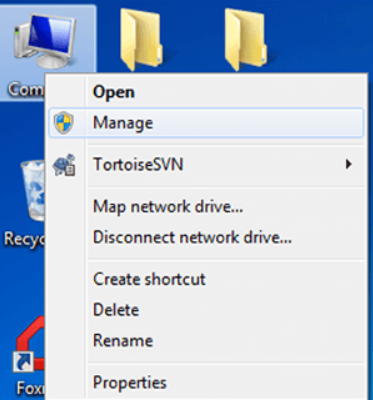
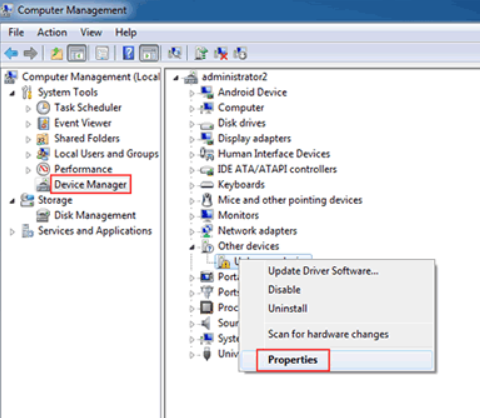
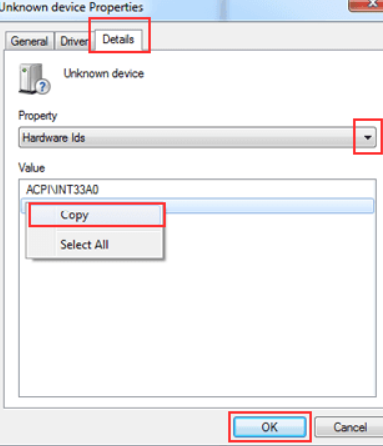
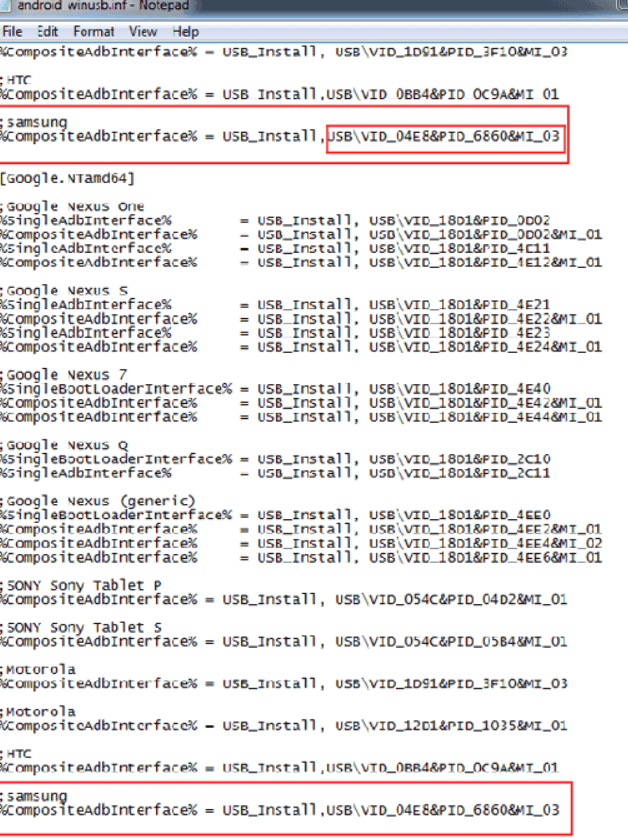
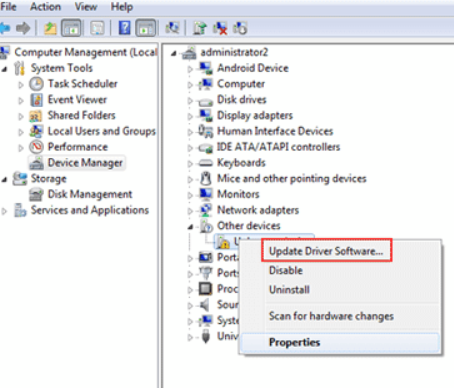
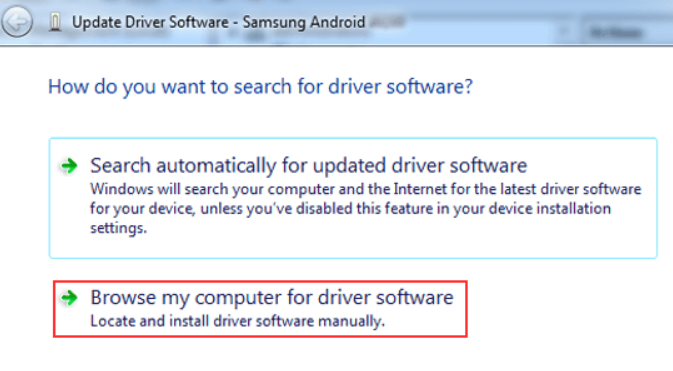
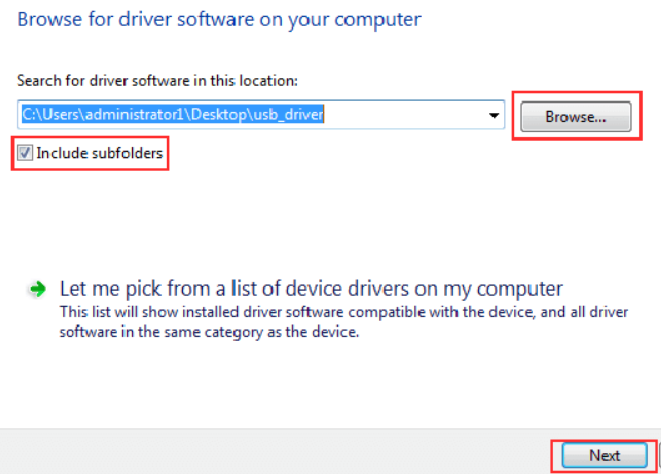
Leave a Reply